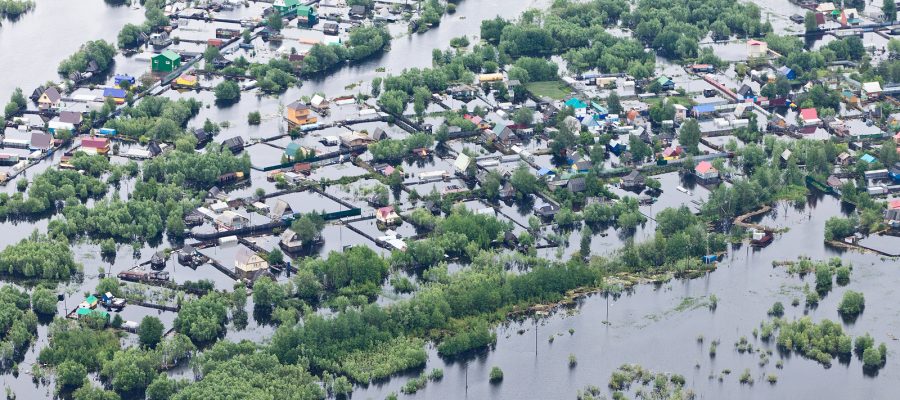Currently, a research study is underway in regards to the health related effects of mold and other indoor allergens as they relate to children in post-Katrina New Orleans. The project is called Head-off Environmental Asthma in Louisiana (HEAL). HEAL is also using this project to look at different responses in children to mold and other indoor allergens.
As the prevalence of childhood asthma keeps rising in the United states it has become a growing concern, especially when some of the highest numbers are related to areas that have flooded such as New Orleans. The study suggests that the increasing rates of asthma are related to increases in allergens, mold and moisture in the air following the water events. The goal of this study is to figure out a better way to manage these children medically and to provide a safe environment that will improve the health of the children affected. HEAL is currently in its second phase of research.
Why is this study so important? This study is a macro way to show the direct correlation between moisture, in this case flooding, as it relates to increased mold growth, allergens and moisture in the air. As the climate changes and these catastrophic events continue to happen, year after year, more spotlight is being shown on this topic. We hope that this research helps us to determine how we can reduce exposure to these elements and protect our children from its harmful effects.
Although this study is being done on the post-Katrina area of New Orleans, it pertains to everyone. Hoboken, NJ was ravaged by hurricane sandy just a few years ago. Just recently hurricane Joaquin led to historic rainfall and flooding in the Carolinas. It is important for the future that we keep doing studies like this HEAL study so that we are better prepared when disasters like this strike, and that we are better equipped after the event to deal with the increased health effects that it causes as well as provide safe and healthy spaces for our children to grow up in.
For more information on the HEAL study, visit http://heal.niehs.nih.gov/.




